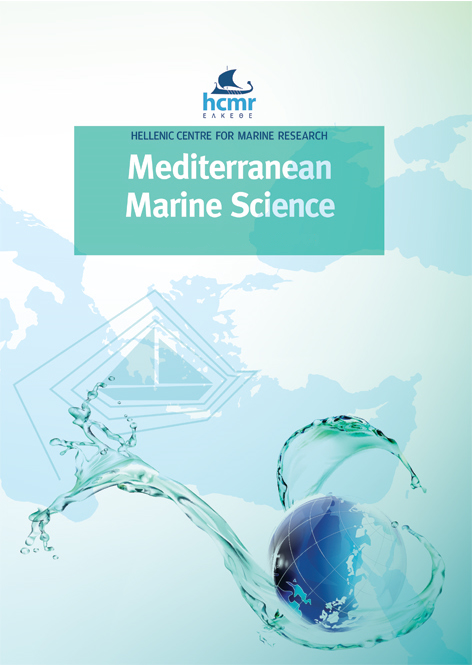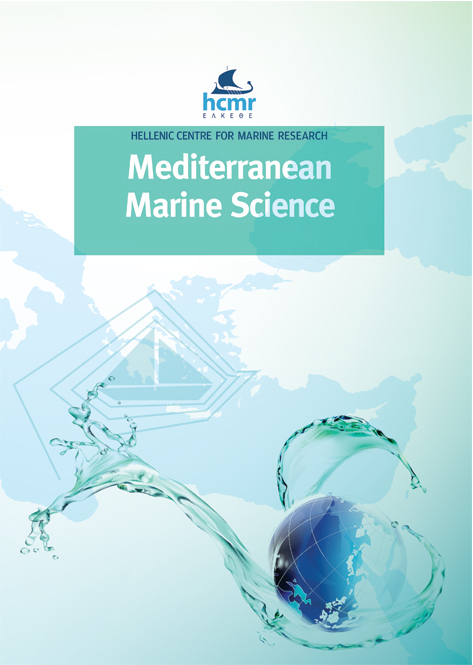Potential crypticity within two decapod (Crustacea) genera: Galathea Fabricius, 1793 and Eualus Thallwitz, 1891 suggested by integrative taxonomic approach
Abstract
Correct species identification and description are fundamental to understand the health status of marine ecosystems. The use of a single identification tool for species distinction may lead to species misidentifications, having major consequences for ecological studies. In the present research, we used an integrative taxonomic approach to identify benthic decapods belonging to the genera of Galathea Fabricius, 1793 and Eualus Thallwitz, 1891, collected in the Mediterranean Sea. 23 Galathea and 22 Eualus individuals were morphologically analyzed and sequenced at the mitochondrial COI gene to confirm their identity using the BOLD Identification Engine. Morphological identification revealed the presence of two Galathea and three Eualus species, while species delimitation based on DNA barcoding of COI sequences strongly suggested the presence of three Galathea and four Eualus species. Molecular analyses suggested the potential presence of two still undescribed species: one cryptic to Galathea squamifera and one cryptic to Galathea intermedia. Contrasting results obtained via morphological identification and the BOLD Identification Engine impeded the recognition of Eualus specimens and suggested misidentifications among BOLD reference records of Eualus cranchii, Eualus occultus, and Eualus pusiolus. These results demonstrated that morphological identification overlooks cryptic species and that misidentifications may occur, highlighting the importance of using an integrative approach to increase the current taxonomic knowledge of benthic invertebrates.
Article Details
- Come citare
-
CONFORTI, S., & COSTANTINI, F. (2022). Potential crypticity within two decapod (Crustacea) genera: Galathea Fabricius, 1793 and Eualus Thallwitz, 1891 suggested by integrative taxonomic approach. Mediterranean Marine Science, 23(3), 499–524. https://doi.org/10.12681/mms.27733
- Fascicolo
- V. 23 N. 3 (2022): VOL 23, No 3 (2022)
- Sezione
- Research Article
Authors who publish with this journal agree to the following terms:
- Authors retain copyright and grant the journal right of first publication with the work simultaneously licensed under a Creative Commons Attribution Non-Commercial License that allows others to share the work with an acknowledgement of the work's authorship and initial publication in this journal.
- Authors are able to enter into separate, additional contractual arrangements for the non-exclusive distribution of the journal's published version of the work (e.g. post it to an institutional repository or publish it in a book), with an acknowledgement of its initial publication in this journal.
- Authors are permitted and encouraged to post their work online (preferably in institutional repositories or on their website) prior to and during the submission process, as it can lead to productive exchanges, as well as earlier and greater citation of published work (See The Effect of Open Access).






